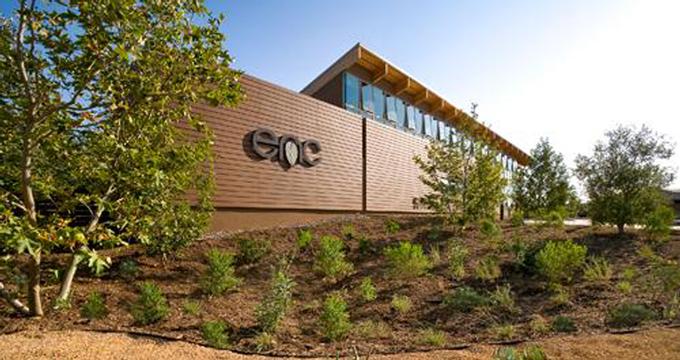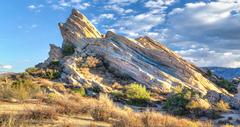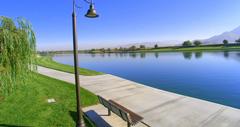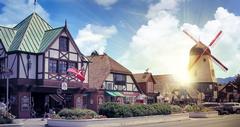The Environmental Nature Center, or "The ENC," is located in Newport Beach and features fifteen ecosystems found in California. These ecosystems include, oak woodland, freshwater marshes, desert, and redwood forest among others. The center, founded in 1972, also includes a seasonal butterfly house, a Nature Museum full of interesting things to investigate, nature camps during the summer, walking trails, wildlife habitats, a LEED Platinum certified learning center, school programs, and a quiet setting for people to enjoy their lunch hour. There are also programs offered for adults, children, and families.
The Butterfly House at the Environmental Nature Center is typically open from the beginning of May until September. Groups of more than a few people should call ahead of time to visit the Butterfly House due to it frequently being used for the center's scheduled programs and having limited space. Visitors should also be aware that the butterflies are often less active during overcast or cold weather. The Butterfly House is home to several different species of butterflies, and is there is not another one like it in Orange County. Butterfly species found at the Environmental Nature Center include several native to the area, such as Monarch, Painted Lady, California Dogface, Anise Swallowtail, Mourning Cloak, Queen, Lorquin's Admiral, Cloudless Sulphur, West Coast Lady, and Buckeye.
The Environmental Nature Center is also home to many different plant communities. An incredible habitat diversity exists in California thanks to the state's varied soils, climate, and topography; which brings about a diversity of animal and plant species. Even though fifteen of these communities are represented at the ENC, that number doesn't even come close to showcasing all of the biodiversity in California. A Plant Communities Guide is available on the ENC's website.
California's soils and topography were created by climatic and geological forces. Volcanic and sedimentary deposits, glaciation, movement along fault zones, gradual erosion, and the uplift of subterranean sediment and rock layers have all created an array of soil types and disparate bedrock, as well as unique topographical features. The state's habitats, as a result, are tremendously diverse. Among the habitat diversity are coastal wetlands, alpine meadows, oak woodlands, redwood forests, diverse grasslands, dunes and bluffs, sandy beaches, spring-fed lakes, desert scrub, and freshwater streams, marshes, and rivers. As a result of a extremely wide range of factors, there are more species in California than anywhere else in the country. The state also has the largest number of endemic species, and is one of the world's top "hotspots" for biodiversity. The broad assortment of native plants also bring native insects and birds to the Environmental Nature Center.
The Environmental Nature Center's Green Building is the center's LEED Platinum Green Building. It's the first building to receive the LEED Platinum certification in Orange County. This certification is highest possible from the United States Green Building Council. It recognizes Leadership in Energy and Environmental Design. The ENC's sustainable learning center offers educational and classroom spaces, as well as serving as an educational resource itself.
Address: Environmental Nature Center, 1601 East 16th Street, Newport Beach, California, Phone: 949-645-8489





